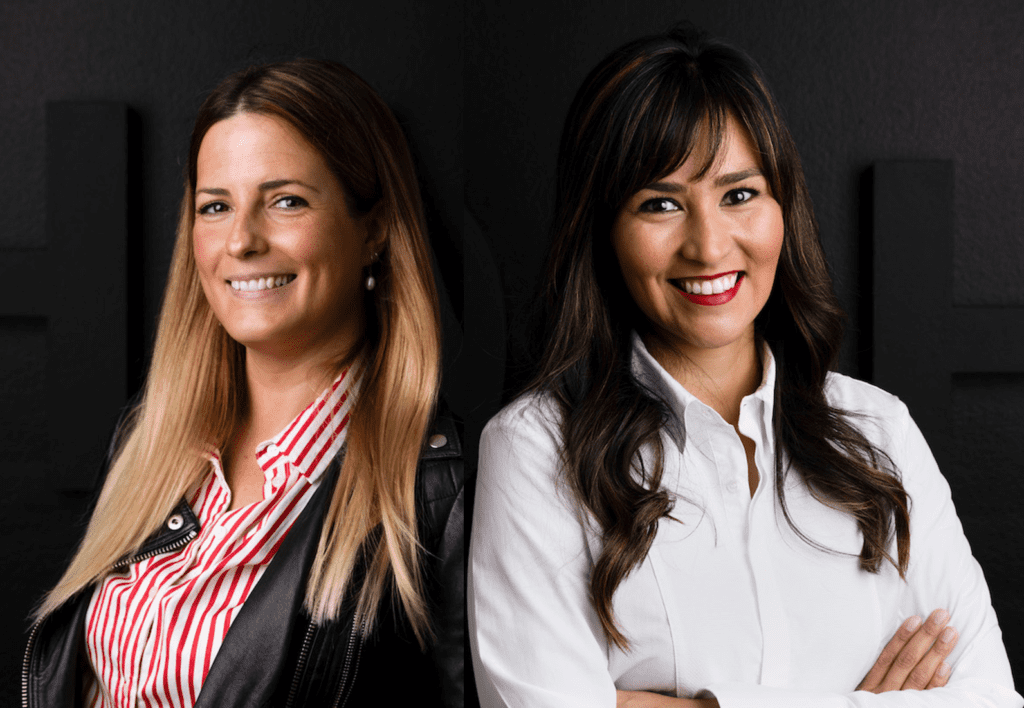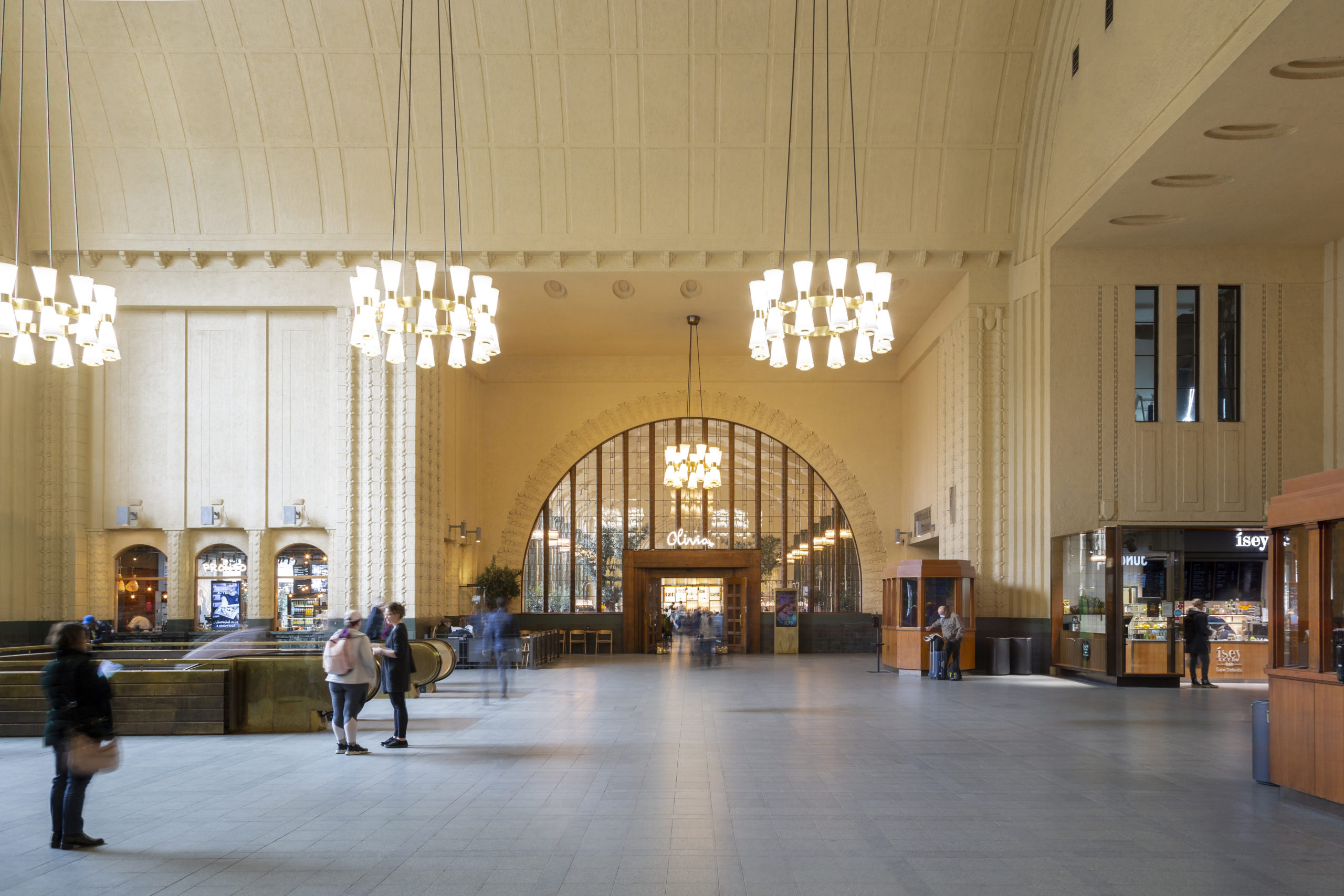

How to measure cities: CHAOS Footfall insights
It is a fact that people’s well-being is very much influenced by the opportunities they are given in the city they live in; the city
From architecture to the startup world – co-founders and the CEO and COO of CHAOS, Natalia Rincón and Paloma Bautista, share a special background and ambition to create liveable cities. But how did it all start and how has the ride been so far?
Listen to the full story as a podcast:
From Mexico and the Canary Islands to Finland, this duo met each other in Tampere and later moved themselves and their business to Helsinki. Both having backgrounds as architects and a passion to make a bigger impact, they founded CHAOS, the urban forecasting company that creates liveable cities.
Nowadays CHAOS is the all-inclusive Location Intelligence Solution for Sustainable Decision-making. But during the years, the name CHAOS architects has sometimes raised questions – how come are they called architects when CHAOS is a tech company?
As Paloma and Natalia both have their background in architecture, they see the deeper meaning of the word: besides designing buildings, it can also mean a software architect or an architect of a complex system, who is putting parts together.
Both Paloma and Natalia agree that the architecture experience and the studies required a lot of resilience. It gave them the ability to follow a vision with a huge drive, even if it would require a massive amount of work.
Already in architecture studies, the students have projects that may last the whole semester or even a year. It becomes crucial to be able to look at the big picture, and after that, often take in harsh feedback. And as an architect designing for others, sometimes they have to leave their own opinions aside to understand what the end user really needs.
“That is one of the things that architects learn, to hear the word no and get comfortable with the feedback”, Natalia says.


Following the vision, being able to work long-term, and understanding the customer are also qualities that are needed in the startup world.
As important as understanding the end user of the building is, Paloma and Natalia saw that this wasn’t done well enough in architecture when buildings or concepts were designed. The old-fashioned way of sitting somewhere and observing people or counting how many customers are entering the shopping mall was just not efficient enough. That is where the idea of CHAOS sparked.
“We just figured out that there are better ways with the technology and the data that we have in hand. Better ways than doing this manually and in individual cases. So that’s where the big data came in”, Paloma says and adds that without data, we as humans would also be biased in our own perceptions.
“I think that the beauty of big data, as in a democracy or any participative process, is that you are actually taking into account all the neighbours of a space”, Natalia continues.
Both believed that understanding the masses, their behaviours and needs prevents us from building cities that are for nobody. To reinforce their idea, they spent a lot of time workshopping and brainstorming with their customers which gave a good foundation for the company and the product.
Being more than five years in the business, Natalia and Paloma have learnings to share. They admit that if they went back in time now with all the knowledge they have, they wouldn’t necessarily do things so differently, but with a faster pace for sure. But going back to the start, what is the first thing to do when starting a business?
“Choose super carefully who you are starting it with. Natalia and I share values and I think that is really crucial. But then we have very different personalities that complement each other”, Paloma says.
Both Paloma and Natalia agree that once you think you have understood the customer, you still have to ask more. During the journey of CHAOS, they noticed that it is a continuous process where customer relationships need to be nurtured. And what they already learnt when studying architecture, became useful in the startup world: taking in feedback, sometimes even the one that is painful to hear.
Natalia summarises that for a startup founder, leaving your ego and pride aside when listening to the feedback you didn’t want to hear is crucial. But also, preparing your team to receive it – a mental preparation to hear “no” a hundred times. Because after those, the one yes might come.
“That is one of the things that architects learn, to hear the word no and get comfortable with the feedback”
Moving forward, where is CHAOS going to be five years from now?
“I already see CHAOS like that, but maybe in five years also others see CHAOS as this European, top-notch player, that is the place to go whenever you have questions about a location and the people in that location. The same way that you go to Google right now. To understand more about changes in a city and how your decisions would impact your surroundings, other people, the city’s liveability, sustainability and the big picture”, Paloma says.
“We share the same vision. It’s having this go-to solution that everybody thinks of when they want to know something about a place. And then CHAOS comes to their mind. And when the users are really using the product and finding it useful, that’s like, the highlights of our days”, Natalia adds.


It is a fact that people’s well-being is very much influenced by the opportunities they are given in the city they live in; the city


Data reveals important details about the area’s background, and therefore a great first step during a design project. To ease this phase, design agency Amerikka uses CHAOS’ location intelligence solution. The solution allows the team to start projects with a comprehensive overview of what is happening in the area and, above all, why.


The concept of communal living is not new: the oldest way of living is living in a village. For Future Living Specialist Kimmo Rönkä, communal living is based on cycles in people’s lives. With many proven benefits and opportunities, why haven’t we already adopted this concept broadly in Finland?